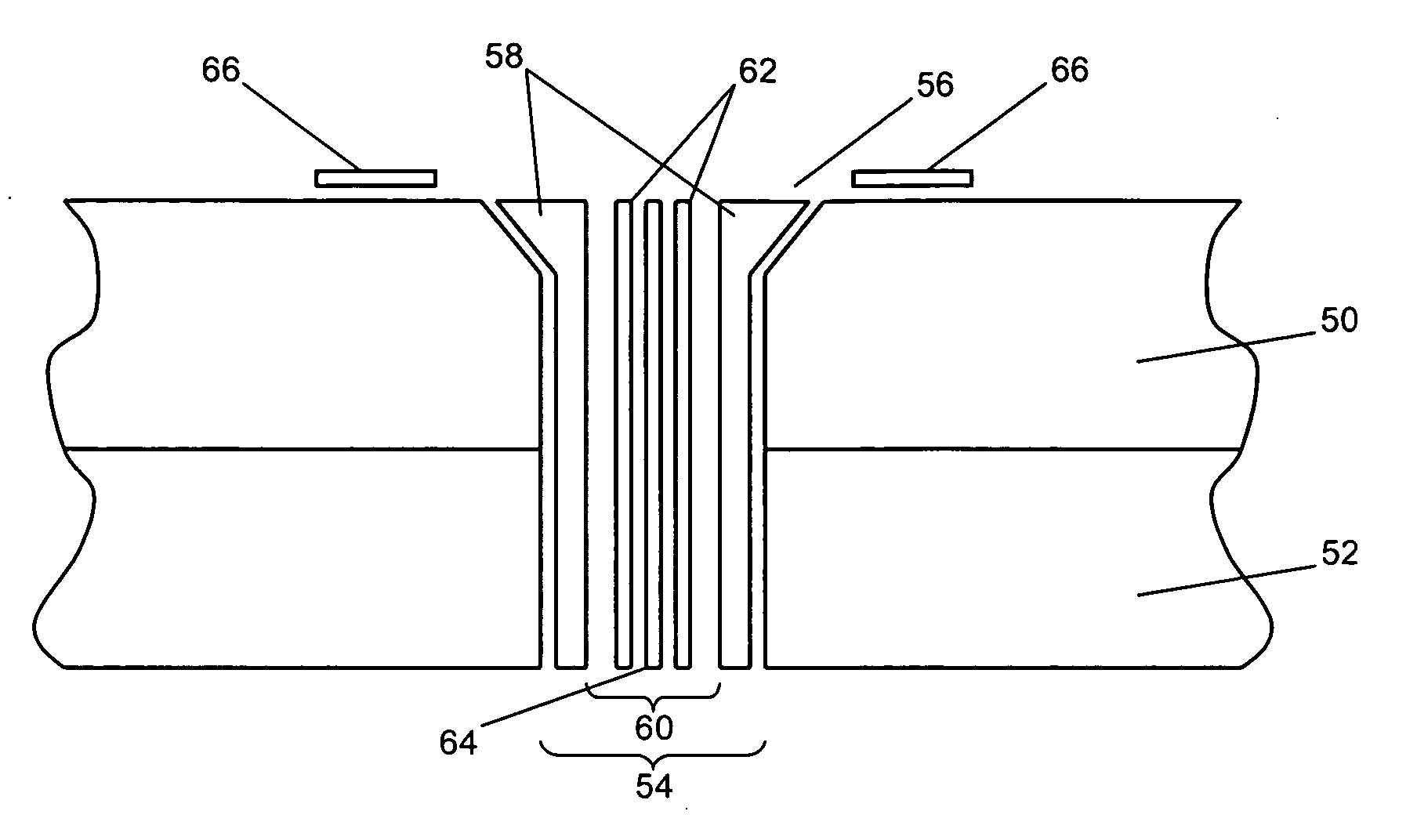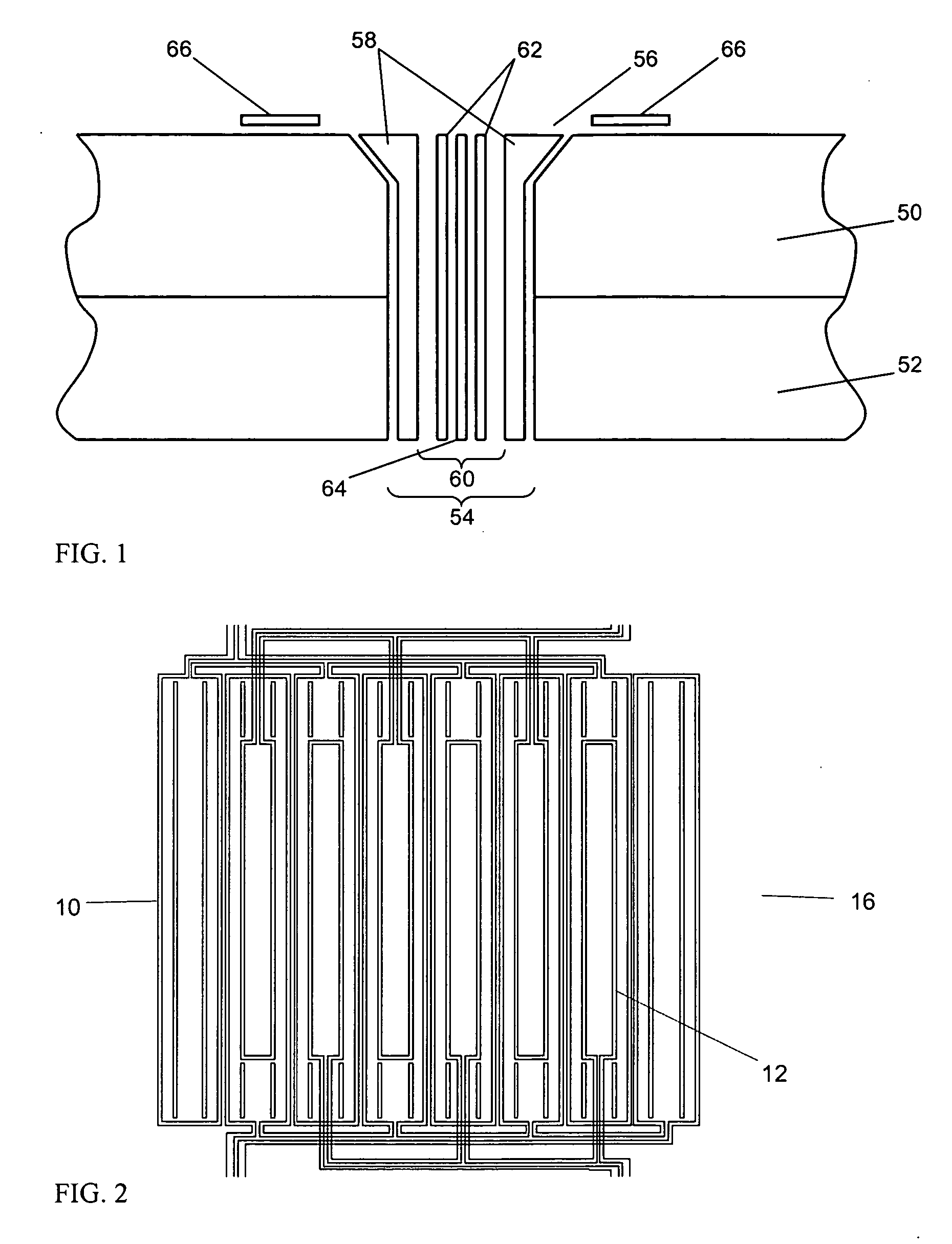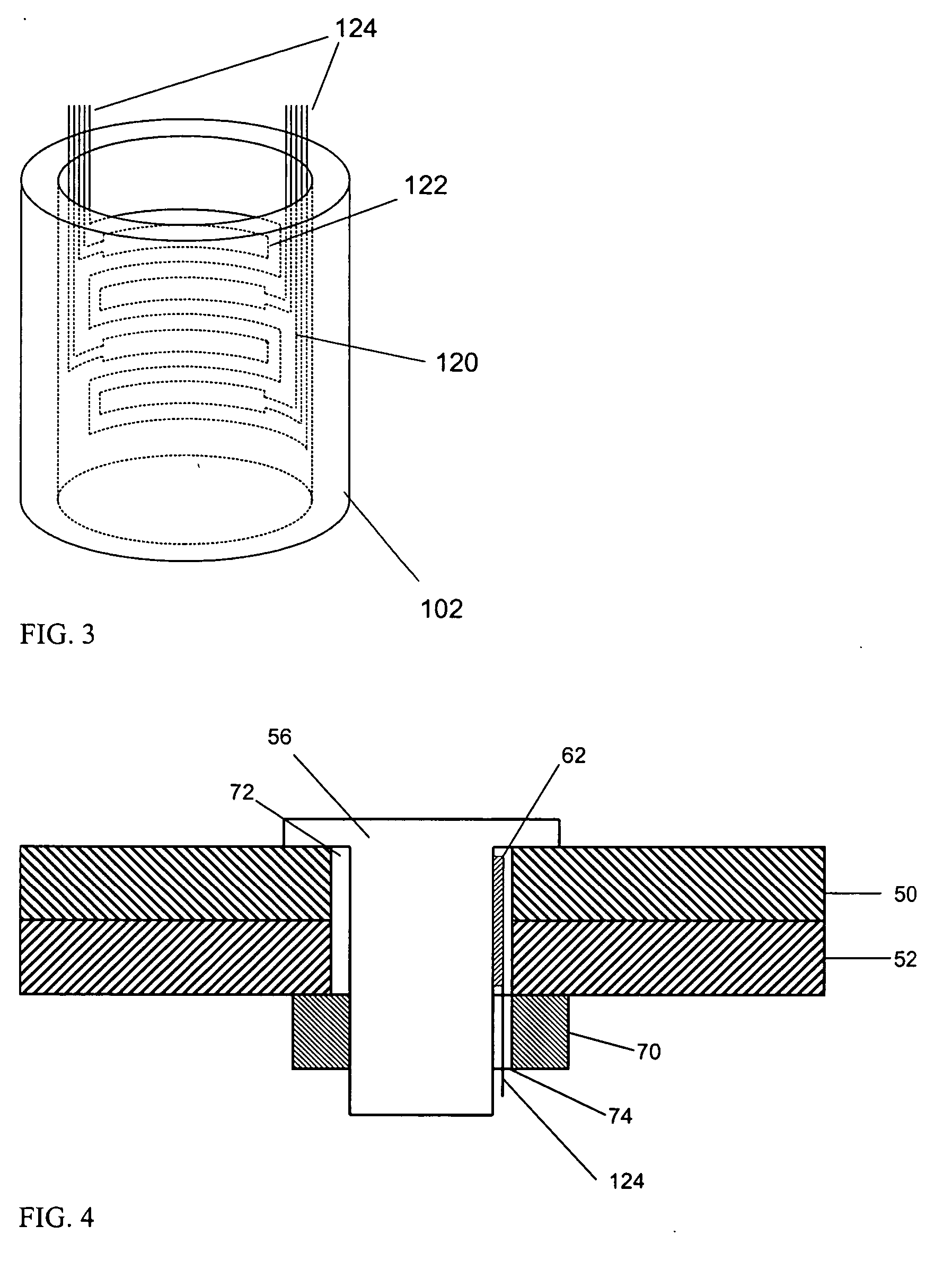Fastener and fitting based sensing methods
a technology of fastener and fitting, applied in the direction of magnetic property measurement, material magnetic variables, instruments, etc., can solve the problems of lack of grip tolerance, preloading of fasteners, inconsistency in clamping, etc., and achieve the effect of enhancing the sensitivity of the response and enhancing the sensitivity of the test material condition
- Summary
- Abstract
- Description
- Claims
- Application Information
AI Technical Summary
Benefits of technology
Problems solved by technology
Method used
Image
Examples
Embodiment Construction
[0037] A description of preferred embodiments of the invention follows.
[0038] This invention addresses the need for enhanced monitoring of damage and usage states of materials, as well as material conditions resulting for example from processing during manufacture. This includes monitoring of damage, usage and material conditions during in-service use or processing, as well as scheduled or opportunistic inspection / sensing during down-time. Scheduled or opportunistic sensing might also be associated with specific naturally occurring states of the system or actuated states, such as temperature, load, or other measurable or controllable variables. The specific implementation addressed here is the use of sensors or sensor conductors embedded into fasteners, bushings, washers and fittings or other means and elements used for joining materials. Such joints tend to have two features: (1) load transfer or transfer of energy in some other form, such as thermal, and (2) enhanced access and m...
PUM
 Login to View More
Login to View More Abstract
Description
Claims
Application Information
 Login to View More
Login to View More - R&D
- Intellectual Property
- Life Sciences
- Materials
- Tech Scout
- Unparalleled Data Quality
- Higher Quality Content
- 60% Fewer Hallucinations
Browse by: Latest US Patents, China's latest patents, Technical Efficacy Thesaurus, Application Domain, Technology Topic, Popular Technical Reports.
© 2025 PatSnap. All rights reserved.Legal|Privacy policy|Modern Slavery Act Transparency Statement|Sitemap|About US| Contact US: help@patsnap.com



